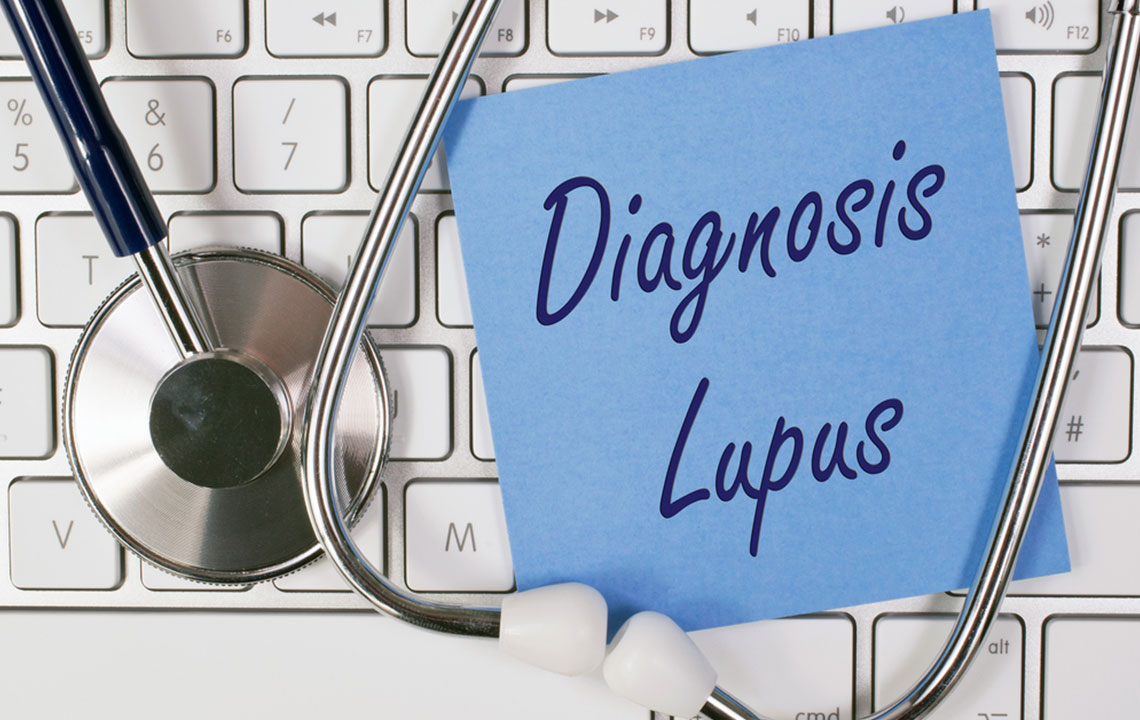
Symptoms
Know about Stages of Alzheimer’s Disease and Their Signs
People with Alzheimer’s go through different experiences when battling with the disease, and have been seen to witness the same ambit right from the start of the disease, to the sympathetic end. The exact number of Alzheimer’s stages is quite arbitrary, to be honest. Some experts try using a subtle model with a three-phase, while others have invented a granular breakdown and have considered it to be effective, in understanding the progress of the disease. Alzheimer’s stages – Everything you need to know before proceeding with the treatment The model held out by New York University claims that there are altogether seven Alzheimer’s stages. This particular model for understanding Alzheimer’s progression has been taken up and been in use ever since, by innumerable providers of healthcare and also the Alzheimer’s Association. Below are the details of Alzheimer’s stages: Stage 1 Normal Outward Behavior When your loved one is going through the beginning Alzheimer’s stages, you may not see any noticeable changes. So you won’t understand the symptoms. A thorough PET Scan, which is an imaging test, can reveal the actual condition of the brain’s functionality, and reveal if the person has Alzheimer’s disease. With fleeting time and as the disease progresses, your relative or loved one will be seen to undergo a lot of changes; both in their reasoning and thinking process as well.












